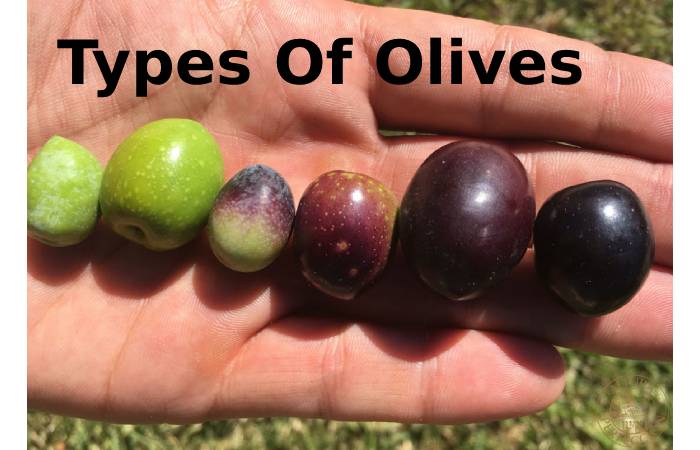Table of Contents
Definition
Benefits Olive Skin Tone- Olive is very good for skin and “olive complexion” refers to a darker pigment in Caucasian skin. It is also known as a warm or tan skin tone. People in many countries are known to have that warm complexion, produce when a relatively average amount of melanin exists in the skin. This lighter brown complexion exists between pale skin and dark skin.
Olive hair color is technically a yellow pigment. Green olives appear to be a cloudy green color, but they are still a dark shade of yellow. These skin tones often tan easily, so skin colors appear even darker in summer than in winter due to sun exposure.
History Olive Skin Tone
It all starts with the olive tree, this millennial tree cultivate initially in the Mediterranean basin but whose cultivation quickly spread to the rest, be careful. The undertone does not match the skin tone. Instead, it could be defines as a shade of color unique to each person’s skin.
From the outset, olives were uses both for extracting olive oil and for “direct” consumption of table olives. There are some written traces referring to the consumption of table olives. The making of table olives is still done following ancestral traditions while integrating modern technologies.
Types Of Olives
Among the varieties of olives, most olives are use to produce olive oil. Only a small part of the olive, whether green, black, or purple, is intend to produce table olives. The olives must meet precise quality criteria: an average fat content, a smooth and easily detachable stone, a tasty and firm flesh, and a thin skin.
The most suitable varieties for table olives are Manzanillas olives, also called Cacerena, Gordal olives, and Hojiblanca olives. There are also varieties of regional olives such as Alorena, Carrasquena, Morona, or Verdial.
Manzanilla: originating from the regions of Seville, Badajoz, and Huelva, it is will be harvest before maturity to appreciate its natural “Sevillian” fermentation. It is the most appreciate variety internationally for its quality and easy pitting.
Gordal: this is a Sevillian variety. This large green olive (sometimes black) is fleshy and with a pronounce taste, which is why it is mainly use as a table olive, as an aperitif, or in salads.
Hojiblanca: this olive is grown in Malaga, Seville, and Cordoba regions. Slightly spicy, it offers an apple taste and leaves an almond aftertaste in the mouth.
The Colors Of Olives
The color of Olives
- Green Olives: olives will be harvest when ripe. The color can vary from green to straw yellow.
- Rotating Olives (or Violet Olives): olives will be harvest before full development. The color of the olive differs from purple to brown.
- Black Olives: olives will be harvest at full maturity or ripened acceleratedly according to a specific process. The color of the olive can change from black to dark purple to red.
How Do I Determine My Skin Tone?
It’s Easy Determine It In Just 3 Steps
- To determine your skin’s undertone, we generally use a simple technique to distinguish the color of the veins. For example, when they pull on the green, it means that the undertone is warm. If, on the other hand, the veins appear blue and purplish, you can deduce that your undertone is cold. Finally, if your veins are both green and blue, that means your skin tone is neutral.
- Do its test with a jewel! Which metal values you best: yellow gold, white gold or rose gold? If silver makes you look good, the undertone is rather cold. Conversely, if yellow or rose gold looks best on you, you can tell that your skin tone is warm. Finally, if the three shades highlight you, your undertone is neutral.
- The color test: to carry out this test, take two fabrics, one blue and one orange. Please bring them to your face and observe! If the blue gives you a radiant complexion, the undertone is cold. On the other hand, if the orange fabric illuminates your face, the undertone is warm.
Conclusion
The olive complexion tans quite well without burning as it is in the mid of the scale. The higher amount of dye in the skin means it is also less susceptible to photoaging damage causes by the sun. Warm-skinned people are found worldwide, as are lighter-skinned and darker-skinned people.

